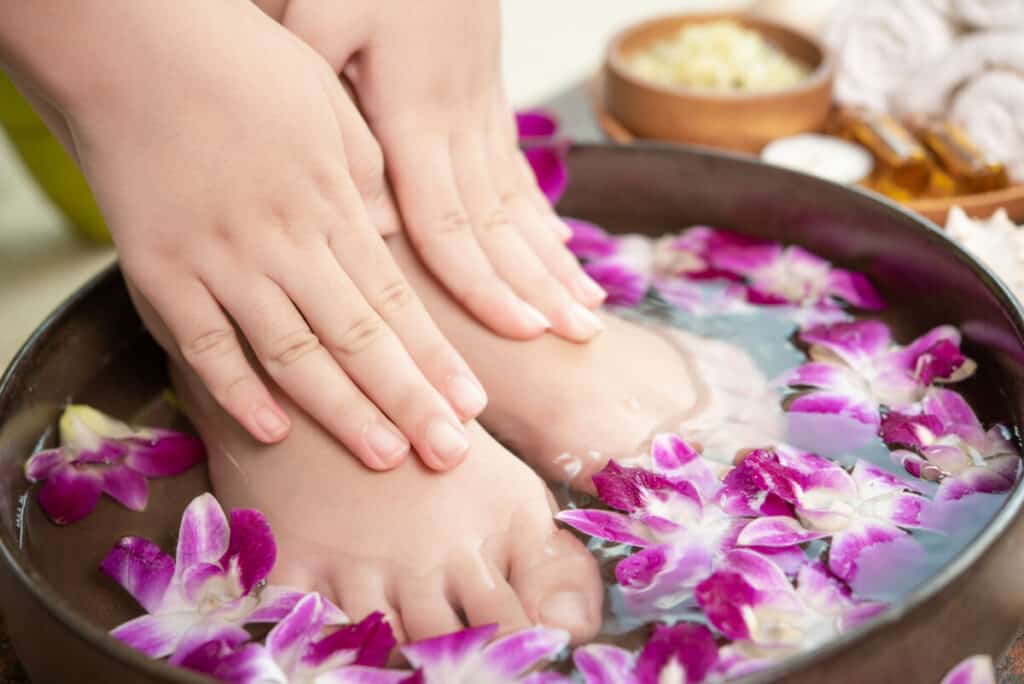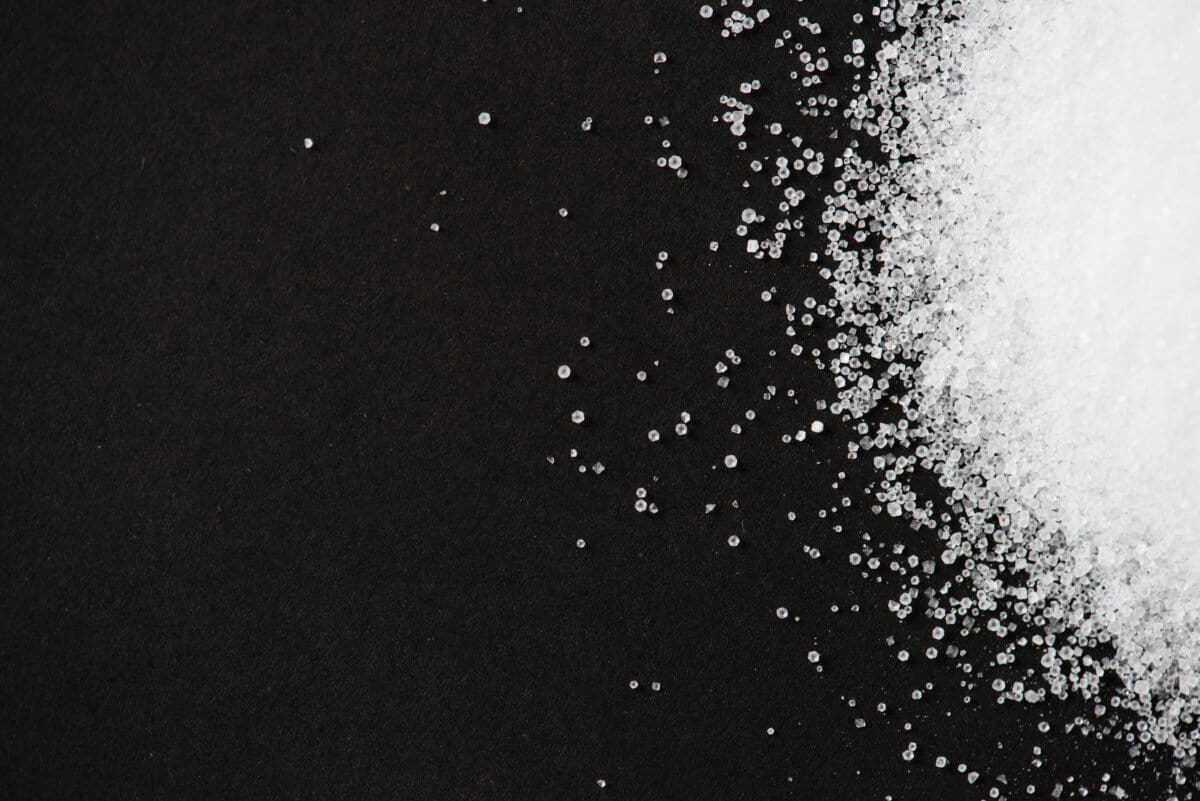Epsom salt is not salt in the technical sense of the word. Although the granules are very similar to table salt, they are not used in food preparation.
Epsom salt is a blend of magnesium and sulfur minerals with unique medicinal properties.
When added to water, it dissolves, releasing magnesium and sulfur ions. The chemical formula for Epsom salt or magnesium sulphide is MgSo4.
Some people believe that magnesium ions from an Epsom salt bath can get into the skin, then reach the lymphatic system and from there enter the blood vessels. But this theory is not scientifically validated. Even though Epsom salt baths have long been known to be beneficial in various ailments, there are still not enough studies to show that the skin can absorb magnesium. The use of Epsom salt in your bath does not increase blood magnesium levels.
Table of Contents
No Scientific Evidence of Epsom Salt Baths
Biochemist Rosemary Waring did a small study in 2006 that you can find all over the internet when searching about the benefits of an Epsom salt bath.
Nineteen people participated in this study. For seven days, they had to take magnesium baths every day. Urine and blood samples were collected before and after bathing.
At the end of the study, magnesium levels were measured in the collected blood and urine samples. Dr. Waring concluded that an Epsom salt bath increases the level of magnesium in the body.
The downside is that this study was never published, which means it was never peer-reviewed and replicated by other scientists. There is also a bias there as Dr. Rosemary Waring was involved in research about autism and magnesium deficiency.
Studies like this will hopefully arouse the curiosity of other researchers as well. We can only hope that in the future, there will be scientists willing to continue in this direction and find answers.
I emphasize that it is not yet known from a scientific point of view if magnesium ions can pass through the skin and reach the bloodstream. If you decide to use an Epsom salt bath to increase your magnesium level, you have no guarantee it will work. All we have is just anecdotal evidence.
However, you should also not be discouraged and stop using Epsom salt bath if it has helped you in any way so far. I take an Epsom salt bath whenever I feel tension in my muscle or a little bit anxious. It helps me relax and ease muscle cramps.
What do Epsom salt baths do anyway?
Don’t give up on Epsom salt baths. Although they will not replenish the magnesium level in the body, they still has a few great benefits worth considering such as:
- relax the muscle
- release stress
- facilitate a good sleep
- prevent magnesium loss
Psychological stress is associated with magnesium deficiency because during intense stress, magnesium elimination is done at a higher rate. If we manage to introduce a new relaxation technique after an SVT attack and reduce the stress, we will be able to slow down the loss of magnesium in the body.
How to Take an Epsom Salt Bath?

Epsom salt can be used in therapeutic baths for the whole body or only for the feet.
Preparation
The procedure is very simple. Prepare a warm bath, to which add between 300 and 500 grams of Epsom salt. Mix until it dissolves. It is essential not to leave granules undissolved in water because they will hold magnesium and sulfur ions captive. Don’t use soap or any other cosmetic products.
Duration
Relax in this bath for about 30 minutes to one hour or as long as you feel comfortable.
Temperature
Water should not be too hot as it can lead to increased heart rate and palpitations.
Stay hydrated
Drink plenty of liquids before and during a bath to prevent dehydration.
Bath time
The best time for a magnesium salt bath is early in the evening or a few hours before bedtime. You can add 5-6 drops of lavender essential oil. It ensures quality sleep by calming the nervous system.
Please do not put the drops directly in water because it’s like applying undiluted oil on the skin. It does not mix with water. It will float to the surface and stick to your skin, causing irritation, burns, or stinging. Mix the essential oil with a tablespoon of olive oil or other carrier oil.
Foot bath

You may want to prepare a relaxing foot bath as an alternative to a whole body bath: mix one cup of Epsom salt in 3-4 l of warm water. Keep your feet in this mixture for about 30 minutes.
After the bath, pat your skin with a towel; rinse is unnecessary. Epsom foot bath is also an excellent way to relax after an SVT episode.
Contraindications
As for contraindications, it is recommended to consult a doctor before taking a bath with Epsom salt, especially for pregnant women, children, and people with certain conditions.
Try floating therapy to take your Epsom bath experience to another level. It reduces stress, anxiety and alleviates fatigue, positively impacting the cardiovascular system.

